Cloud News
Dev
112

Image Credit: Dev
Getting Started with Amazon Q Developer CLI by Building a Game
- Amazon introduced Amazon Q Developer CLI, a generative AI coding assistant for developers.
- Amazon Q Developer CLI allows code generation, debugging, template creation, and application management within the terminal.
- Setting up Amazon Q Developer CLI involves specific steps for different operating systems like Windows, Linux, or macOS.
- A guide for Windows users using Windows Subsystem for Linux (WSL) to install Amazon Q CLI is provided.
- After installation, users can log in, run q doctor command, and start interacting with q chat directly from the terminal.
- Users can quickly build a game using Python and Pygame through Amazon Q Developer CLI by providing prompts.
- Amazon Q effectively scaffolds the project for a 2D Platformer Game with various features like player character, platforms, collectibles, enemies, game states, and UI elements.
- The game includes mechanics like gravity, jumping, collision detection, score, lives, and smooth gameplay loop.
- Users can further enhance the game by adding levels, power-ups, or improving visuals using sprites.
- Amazon Q Developer CLI simplifies game development even for beginners, allowing for continuous improvement and feature additions.
Read Full Article
6 Likes
Dev
436

Image Credit: Dev
Serving static content from S3 bucket
- Many vendors focus on optimizing static content delivery through geographic distribution, caching, and CDNs.
- AWS's S3 bucket is ideal for hosting static content and delivering it directly to browsers.
- Creating and managing S3 buckets for static content manually via AWS console is a preferred method by some users.
- To secure the S3 bucket, it is recommended to disable all public access in the AWS console.
- References to additional resources like S3 bucket and ACM certificate are required for CloudFront distribution in CDK script.
- Creating a CloudFront distribution entails setting cache policies, origin request policies, and domain configurations.
- Adding an alias A record to Rt53 hosting zone and creating a bucket policy for S3 bucket are final steps in the process.
- Temporarily enabling public access to the S3 bucket may be required during redeployment or updates of static content.
- Ensure Lambda functions have proper permissions to read and write to the S3 bucket when working with more complex CDK scripts.
- Sometimes simple solutions can solve complex issues, like removing unnecessary parameters in function arguments.
Read Full Article
26 Likes
Dev
315

Image Credit: Dev
Provisioning an AWS EC2 Instance with Terraform
- Infrastructure as Code (IaC) with tools like Terraform simplifies cloud resource provisioning and management.
- This article guides users in setting up an EC2 instance on AWS using Terraform step by step.
- Prerequisites include an AWS account, AWS CLI, and Terraform CLI installed.
- Setting up AWS environment involves creating an IAM user and configuring AWS CLI for authentication.
- Creating a Terraform configuration includes defining variables, providers, security groups, key pairs, and EC2 instances.
- After defining configurations, users validate, review an execution plan, and apply changes to provision resources.
- Verification of provisioned EC2 instances is done through the AWS Management Console.
- Cleaning up provisioned resources is crucial to prevent unnecessary charges, done using 'terraform destroy' command.
- Best practices include version control, securing sensitive data, following the Principle of Least Privilege, modularizing configurations, and using remote state.
- This tutorial equips users with core Terraform workflow, managing AWS resources effectively using IaC.
Read Full Article
18 Likes
Cloudwards
13
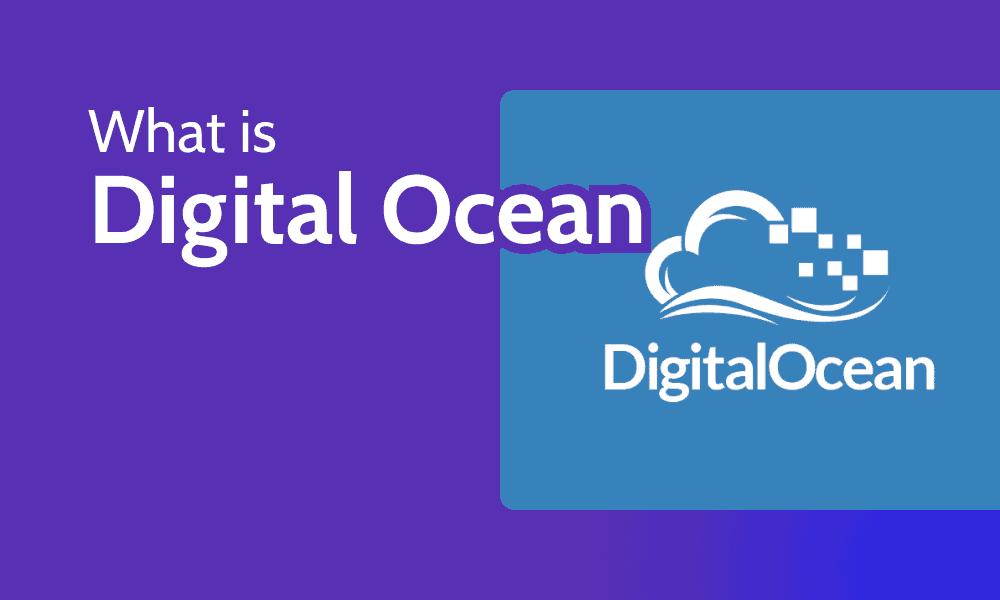
Image Credit: Cloudwards
What Is DigitalOcean? Cloud Platform Explained
- DigitalOcean is a cloud service provider known for its IaaS and PaaS solutions, focusing on developer support and easy workflows.
- Launched in 2012, DigitalOcean aims to simplify and make the cloud cost-effective for developers.
- Its data centers are mainly in North America, Western Europe, Southeast Asia, and Oceania, offering low latency for users nearby.
- While developers and small businesses are its primary targets, large organizations can use DigitalOcean in multi-cloud or hybrid cloud setups.
- Despite having fewer services and limited global presence, DigitalOcean is favored by developers and SMBs for its simplicity and cost-effectiveness.
- DigitalOcean Droplets are virtual servers supporting only Linux, equivalent to EC2 on AWS and Azure Virtual Machines.
- DigitalOcean Droplet plans cater to different needs, such as basic, general purpose, CPU-optimized, memory-optimized, and storage-optimized.
- Use cases for DigitalOcean include real-time data analysis, web and database servers, app development, AI, IoT, video hosting, and cloud security.
- In addition to Droplets, DigitalOcean offers services like App Platform, Functions, Cloud Firewalls, Kubernetes, Load Balancers, and managed databases.
- Key benefits of DigitalOcean include ease of use, developer-friendliness, affordability, well-documented APIs, and a strong community.
Read Full Article
Like
Discover more
- Programming News
- Software News
- Web Design
- Devops News
- Open Source News
- Databases
- Product Management News
- Operating Systems News
- Agile Methodology News
- Computer Engineering
- Startup News
- Cryptocurrency News
- Technology News
- Blockchain News
- Data Science News
- AR News
- Apple News
- Cyber Security News
- Leadership News
- Gaming News
- Automobiles News
Cloudwards
315
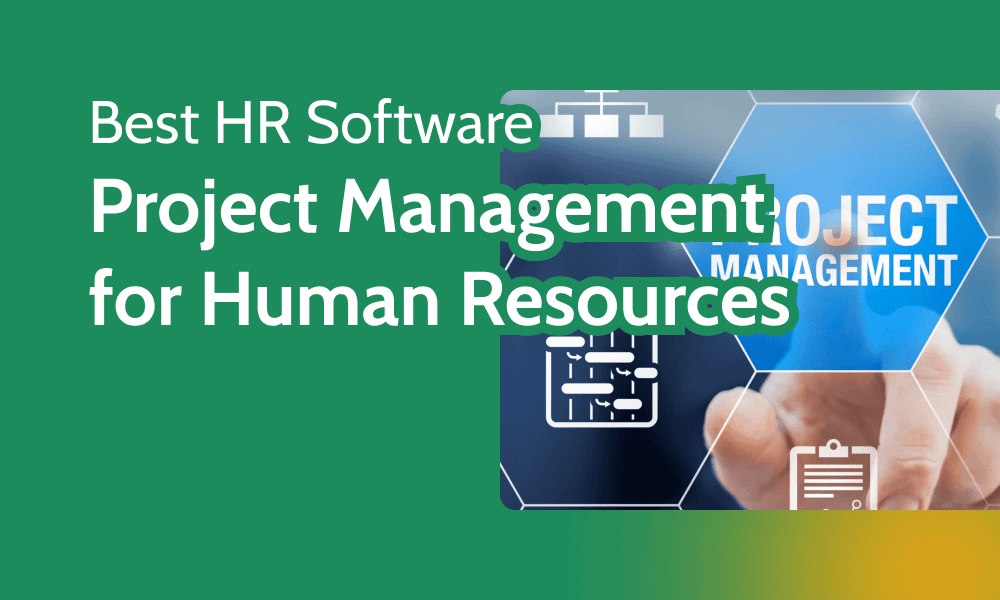
Image Credit: Cloudwards
7 Best HR Software for Project Management
- ClickUp, monday.com, Asana, Zoho Projects, Trello, Smartsheet, and Wrike are highlighted as the best HR software for project management, each with unique features catering to different HR needs.
- Integration with third-party apps, automations, kanban boards, and Gantt charts are emphasized as crucial features for HR project management software.
- ClickUp is lauded for its document creator, workforce management tools, and employee data management capabilities making it ideal for HR operations.
- monday.com's automation tools, document creator, and recruitment templates make it a solid choice for managing new employees and recruitment cycles.
- Asana's versatility, kanban board, and integration options make it a great fit for small businesses with various HR tasks.
- Zoho Projects stands out for being user-friendly, integrating with Zoho People for HR team management and offering HR-specific kanban boards and Gantt charts.
- Trello is praised for its free plan, kanban board, templates for onboarding and talent management, and user-friendly interface for basic project management needs.
- Smartsheet's grid view for spreadsheet-heavy tasks like payroll management, AI tools, and integrations make it a strong contender for HR professionals.
- Wrike is highlighted for its cloud-based, secure platform, attendance tracking, contact database, and user permissions, making it suitable for remote HR teams.
- Considerations for choosing HR project management software include budget, security features, company size, relevant templates, and overall reliability of the service.
- Having appropriate HR project management software is essential for HR professionals to manage tasks, projects, documentation, and employee lifecycle efficiently.
Read Full Article
18 Likes
Dev
378

Image Credit: Dev
🚀 Building a Space Asteroid Dodge Game Using Amazon Q CLI and Python 🎮☄️
- Pavan Mali explored using Amazon Q CLI and Python to build a Space Asteroid Dodge Game as part of the Build on AWS Challenge.
- Amazon Q is an AI-powered assistant by AWS that helps developers in coding, debugging, and building applications with simple prompts.
- The Space Asteroid Dodge Game project involved creating a game where a spaceship avoids falling asteroids, incorporating score tracking and a progress bar.
- Tools used in the project included Python, Pygame for game development, Amazon Q CLI for code generation, and VS Code for editing and testing.
Read Full Article
22 Likes
Cloudwards
22
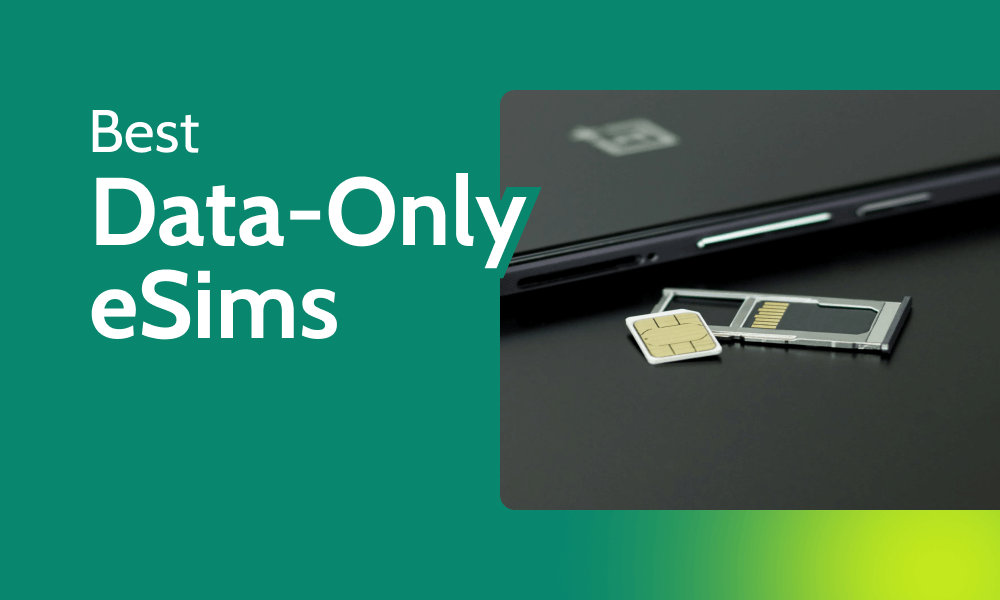
Image Credit: Cloudwards
10 Best Data-Only eSIM Providers
- Airalo, Saily, Nomad, Holafly, Jetpac, Roamless, aloSIM, FlexiRoam, Yesim, Ubigi are some of the best data-only eSIM providers mentioned.
- Data-only eSIM plans offer set data without call or SMS allowances. They help reduce international roaming costs and offer better data usage monitoring.
- While data-only eSIM plans don't come with a phone number, calls can be made through messaging platforms like WhatsApp.
- Airalo was selected as the top eSIM provider with global data-only plans covering 138 countries. It offers free trials and optional call and text plans.
- Other providers like Saily focus on security features, while Nomad offers unlimited day plans. Holafly specializes in unlimited data plans with efficient customer support.
- Jetpac provides budget-friendly data-only eSIM with perks like airport lounge access for delays. Roamless operates on a pay-as-you-go model, while aloSIM stands out for its user-friendly app.
- FlexiRoam is ideal for group travel offering data sharing. Yesim offers broad global coverage and a VPN for iOS users. Ubigi specializes in recurring data-only eSIM plans.
- Users can make calls with data-only eSIM plans using VoIP apps like WhatsApp or through social media platforms like FaceTime and Facebook.
- Airalo is recommended as a top choice for eSIM with a good balance of affordability and coverage. It offers a free trial in selected destinations.
- The article discusses various factors about data-only eSIM providers, including pricing, coverage, customer support, and additional features like VPN services.
- Different providers have varying pricing structures and plan options to cater to different needs of travelers looking to stay connected with data-only eSIMs.
Read Full Article
1 Like
Cloudwards
0
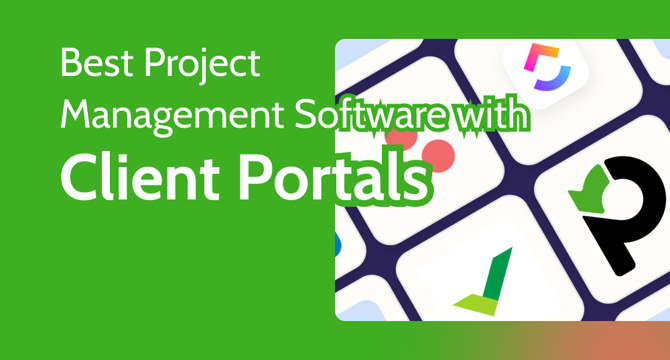
Image Credit: Cloudwards
Best Project Management Software With Client Portal Tools
- monday.com, ClickUp, Asana, Zoho Projects, and Wrike are highlighted as top project management tools with client portal features, each offering unique benefits such as client-facing boards, client permissions, and task-based collaboration tools.
- Client portals centralize communication and improve project speed by providing a single location for discussions, file uploads, and deadlines.
- The selected project management software combines simple interfaces with powerful features like secure messaging, task automation, and detailed permissions for efficient client management.
- monday.com stands out for its intuitive client workspaces, customizable permissions, and shareable forms and dashboards, making it Cloudwards' top choice.
- Notion offers flexible and customizable client portals through public pages, custom databases, and password protection, making it ideal for teams seeking unique client collaboration setups.
- Factors to consider when choosing project management software with client portal capabilities include client access options, permissions controls, shareable portals, communication tools, and ease of use for both internal teams and clients.
- Testing methodology focused on assessing tools' effectiveness in enabling external communication, managing access, supporting collaboration, and offering value for money across roles.
- Including a FAQ section discussing client portal software, types of project management software, best tools for client communication, and Microsoft's client portal offerings.
- monday.com, ClickUp, Asana, Zoho Projects, and Wrike emerge as top choices for project management tools with client portal features, catering to various team needs and preferences.
- Each highlighted tool provides unique benefits and features such as customizable permissions, collaboration tools, and ease of use tailored towards improving client collaboration and project management efficiency.
Read Full Article
Like
Cloudwards
360
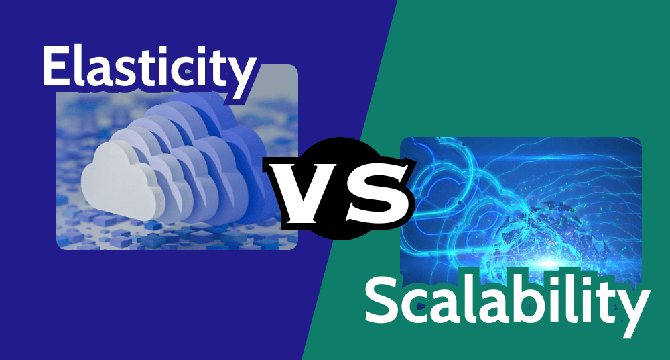
Image Credit: Cloudwards
Elasticity vs Scalability in Cloud Computing: What’s the Difference?
- Elasticity is the ability to react to sudden changes in workload demands by adding or removing resources in a cloud environment.
- Scalability involves expanding or shrinking cloud resources to prepare for future changes in workload demands, adjusting the upper and lower limits of cloud capacity.
- Elasticity depends on scalability; if a cloud environment isn't scalable, resources can't dynamically expand in response to changing demands.
- Vertical scalability updates existing resource specifications, while horizontal scalability adds or removes resource units.
- Implementing a scalable system can be costly, but ensuring resource elasticity can help minimize long-term costs.
- Elasticity adapts to real-time resource usage, while scalability focuses on future needs and projections.
- Cloud elasticity adjusts resource capacity dynamically to meet sudden workload changes, like handling spikes in traffic for streaming platforms or e-commerce sales events.
- Cloud scalability involves provisioning resources to match demand changes, suitable for scenarios like business expansion, data storage, and disaster recovery.
- Horizontal scaling adds or removes resource units, while vertical scaling adjusts processing power, and diagonal scaling combines both.
- Elasticity is reactive to real-time changes, highly automated, and helps handle unexpected spikes in resource usage, while scalability is more long-term and less dynamic.
Read Full Article
21 Likes
Cloudwards
382
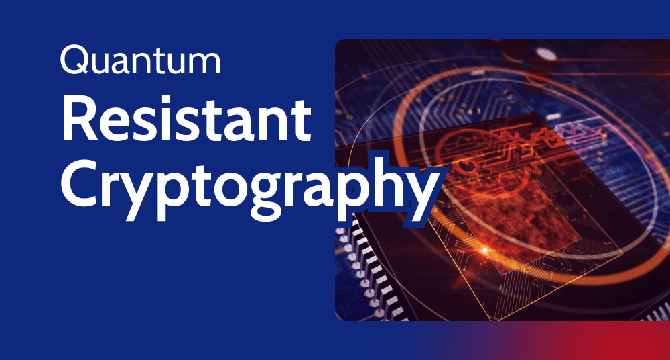
Image Credit: Cloudwards
What Is Quantum-Resistant Cryptography? Explained for 2025
- Quantum-resistant cryptography protects data from future quantum computers that can break current encryption methods by using mathematical problems like structured lattices and hash functions.
- Post-quantum cryptography (PQC) remains secure even against powerful quantum computers that can break current encryption standards.
- No single solution can protect all systems, leading experts to develop multiple quantum-resistant public key algorithms for various use cases to minimize the risk of reliance on a single method.
- Quantum-resistant cryptography, or post-quantum cryptography, aims to safeguard data from the computing power of quantum technology, as opposed to traditional systems struggling with math problems that quantum algorithms can solve.
- Quantum attacks pose a threat to current encryption standards, potentially compromising data security, including financial details, emails, and government secrets, prompting the need for quantum-resistant solutions like post-quantum cryptography.
- Q-Day refers to the point at which quantum computers can break modern encryption systems, and organizations like IBM and NIST are preparing for this quantum era by developing post-quantum cryptography standards such as CRYSTALS-Kyber and CRYSTALS-Dilithium.
- Post-quantum cryptography (PQC) focuses on securing data in a quantum computing era by resisting quantum attacks, protecting sensitive information like online banking transactions, government records, and health data.
- PQC complements Public Key Infrastructure (PKI) by addressing vulnerabilities in existing encryption methods and introducing quantum-resistant public key algorithms that strengthen encryption keys without overhauling the PKI framework.
- Quantum-resistant cryptographic algorithms, such as lattice-based and hash-based cryptography, are being tested for sectors like government, finance, and online security to combat potential threats from quantum computing.
- Post-quantum cryptography offers a solution to the looming threat posed by quantum computers to current encryption standards, with ongoing efforts by researchers, companies, and government bodies to develop secure cryptographic systems against future quantum threats.
Read Full Article
23 Likes
Dev
306

Image Credit: Dev
AWS KMS vs. AWS Certificate Manager: The Ultimate Guide to Cloud Security Layers
- The distinction between AWS Key Management Service (KMS) and AWS Certificate Manager (ACM) is crucial for cloud security, with KMS focusing on encryption at rest and ACM on secure communication in transit.
- KMS acts as a Vault Keeper, managing encryption keys securely for data encryption, while ACM functions as a Digital Passport Office, issuing SSL/TLS certificates for secure communication.
- KMS encrypts data when stored, securing digital assets, while ACM secures data during transit, ensuring secure communication channels.
- KMS involves Customer Master Keys (CMKs) for encryption, while ACM deals with SSL/TLS certificates for authentication and encryption.
- Common pitfalls include confusion between in-transit and at-rest encryption, misconfigurations in KMS key policies, and issues with ACM DNS validation.
- Pro tips include using KMS multi-region keys for disaster recovery, implementing ACM key policies for cross-account access, and leveraging ACM Private CA for internal PKI.
- Understanding the distinct roles of KMS and ACM is essential for building secure, compliant, and resilient cloud applications on AWS.
- KMS and ACM are complementary layers in cloud security, providing fundamental building blocks for data encryption and secure communication.
- AWS KMS and AWS Certificate Manager are not competitors but partners in creating a secure cloud environment by encrypting data at rest and securing data in transit, respectively.
- To deepen knowledge, explore AWS KMS Developer Guide, AWS Certificate Manager User Guide, or consider pursuing the AWS Security Specialty certification.
Read Full Article
18 Likes
Dev
342

Image Credit: Dev
Automating Infrastructure with AWS CloudFormation: A Beginner's Guide
- Automating infrastructure with AWS CloudFormation simplifies resource management by leveraging Infrastructure as Code (IaC).
- CloudFormation benefits include automation, scalability, consistency, cost efficiency, and error reduction.
- Key components of CloudFormation include templates, stacks, StackSets, and Change Sets.
- Setting up CloudFormation involves creating an AWS account, setting up an IAM role, and accessing it via the AWS Management Console.
- CloudFormation templates in JSON or YAML define infrastructure resources and their configurations.
- Deploying a CloudFormation stack involves writing a template, creating a stack, configuring details, reviewing, and deploying it.
- Advanced CloudFormation features include Nested Stacks for modularization and Change Sets for previewing updates.
- Best practices include parameterizing templates, organizing resources, enabling rollbacks, tagging resources, and validating templates.
- Common CloudFormation challenges include stack rollback, template errors, and IAM permission issues.
- CloudFormation offers an automated approach to infrastructure management, making it a valuable tool for DevOps engineers.
Read Full Article
20 Likes
TechBullion
427

Image Credit: TechBullion
Manas Srivastava: Innovating SAP using Cloud Computing and AI
- Manas Srivastava, a Sr. Customer Engineer at Google, is a driving force in enabling organizations with digital transformation by leveraging cloud technology infrastructure for SAP applications and innovative technologies like AI and machine learning.
- Throughout his career, Manas has guided global enterprises in modernizing their SAP landscapes on platforms like AWS, Azure, and Google Cloud, and has played a key role in spearheading the adoption and innovation of AWS services for numerous clients.
- At Google, Manas focuses on helping SAP customers unlock the value of their enterprise data through Google Cloud services like BigQuery and Vertex AI, crafting tailored, scalable solutions for each customer's unique business requirements.
- Manas Srivastava's expertise and thought leadership in the intersection of SAP and cloud infrastructure have positioned him as a pioneer in the cloud computing industry, driving innovation and leveraging AI and GenAI to guide global enterprises towards lasting success in the digital landscape.
Read Full Article
23 Likes
Tech Radar
162

Image Credit: Tech Radar
Quordle hints and answers for Sunday, May 25 (game #1217)
- Quordle hints and answers for Sunday, May 25 (game #1217).
- Quordle is a popular word game with over 1,100 games, offering a genuine challenge.
- Hints for Quordle game #1217 include the number of vowels (4), repeated letters (1), and absence of Q, Z, X, or J.
- None of the answers in Quordle today start with the same letter.
- The starting letters for the answers in Quordle game #1217 are O, A, P, G.
- The answers for Quordle game #1217 are OCEAN, AMBER, PIPER, GLEAN.
- A highlight of the game was discovering correct words like AMBER and PIPER after incorrect guesses.
- In the Daily Sequence for game #1217, the answers were CIRCA, CURRY, CREAK, CURVE.
- Past Quordle answers for the last 20 games are also provided in the article.
- Quordle players can compare their solutions with the past answers to track their progress.
Read Full Article
9 Likes
Tech Radar
166

Image Credit: Tech Radar
NYT Strands hints and answers for Sunday, May 25 (game #448)
- The NYT Strands puzzle for Sunday, May 25 (game #448) hints that the theme is 'Get out the dust buster!'
- The clue words for NYT Strands today include GLADE, GREED, CLUES, PLUG, ROLL, and SLEET.
- Today's spangram in NYT Strands has 14 letters and touches the left fourth row as the first side and the left sixth row as the last side.
- The answers for NYT Strands game #448 are SELL, DONATE, LABEL, DECLUTTER, and REORGANIZE with the spangram being SPRING CLEANING.
Read Full Article
10 Likes
For uninterrupted reading, download the app